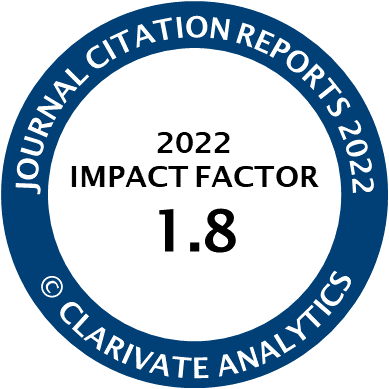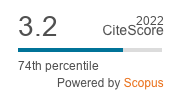Article | Open Access
Planning Adaptation: Accommodating Complexity in the Built Environment
| Views: | 1575 | | | Downloads: | 1019 |
Abstract: Obsolescence and vacancy are part of the traditional building life cycle, as tenants leave properties and move to new ones. Flux, a period of uncertainty before the establishment of new direction, can be considered part of building DNA. What is new, due to structural disruptions in the way we work, is the rate and regularity of flux, reflected in obsolescence, vacancy, and impermanent use. Covid-19 has instantly accelerated this disruption. Retail failure has increased with even more consumers moving online. While employees have been working from home, rendering the traditional office building in the central business district, at least temporarily, obsolete. This article reflects on the situation by reporting findings from an 18-month research project into the practice of planning adaptation in the English built environment. Original findings based on interviews with a national sample of local authority planners, combined with an institutional analysis of planning practice since the 1947 Town and Country Planning Act, suggest that the discipline of planning in England is struggling with the reality of flux. There is a demand for planning to act faster, due to the speed of change in the built environment, and liberal political concerns with planning regulation. This is reflected in relaxations to permitted development rules and building use categories. However, participants also indicate that there is a concurrent need for the planning system to operate in a more measured way, to plan the nuanced complexity of a built environment no longer striated by singular use categories at the local level. This notion of flux suggests a process of perpetual change, turbulence, and volatility. However, our findings suggest that within this process, there is a temporal dialectic between an accelerating rate of change in the built environment and a concomitant need to plan in a careful way to accommodate adaptation. We situate these findings in a novel reading of the complex adaptive systems literature, arguing that planning practice needs to embrace uncertainty, rather than eradicate it, in order to enable built environment adaptation. These findings are significant because they offer a framework for understanding how successful building adaptation can be enabled in England, moving beyond the negativity associated with the adaptation of buildings in recent years. This is achieved by recognizing the complex interactions involved in the adaptation process between respective stakeholders and offering an insight into how respective scales of planning governance can coexist successfully.
Keywords: adaptation; built environment; complexity; flux; temporality; urban planning
Published:
© Kevin Muldoon-Smith, Leo Moreton. This is an open access article distributed under the terms of the Creative Commons Attribution 4.0 license (http://creativecommons.org/licenses/by/4.0), which permits any use, distribution, and reproduction of the work without further permission provided the original author(s) and source are credited.




